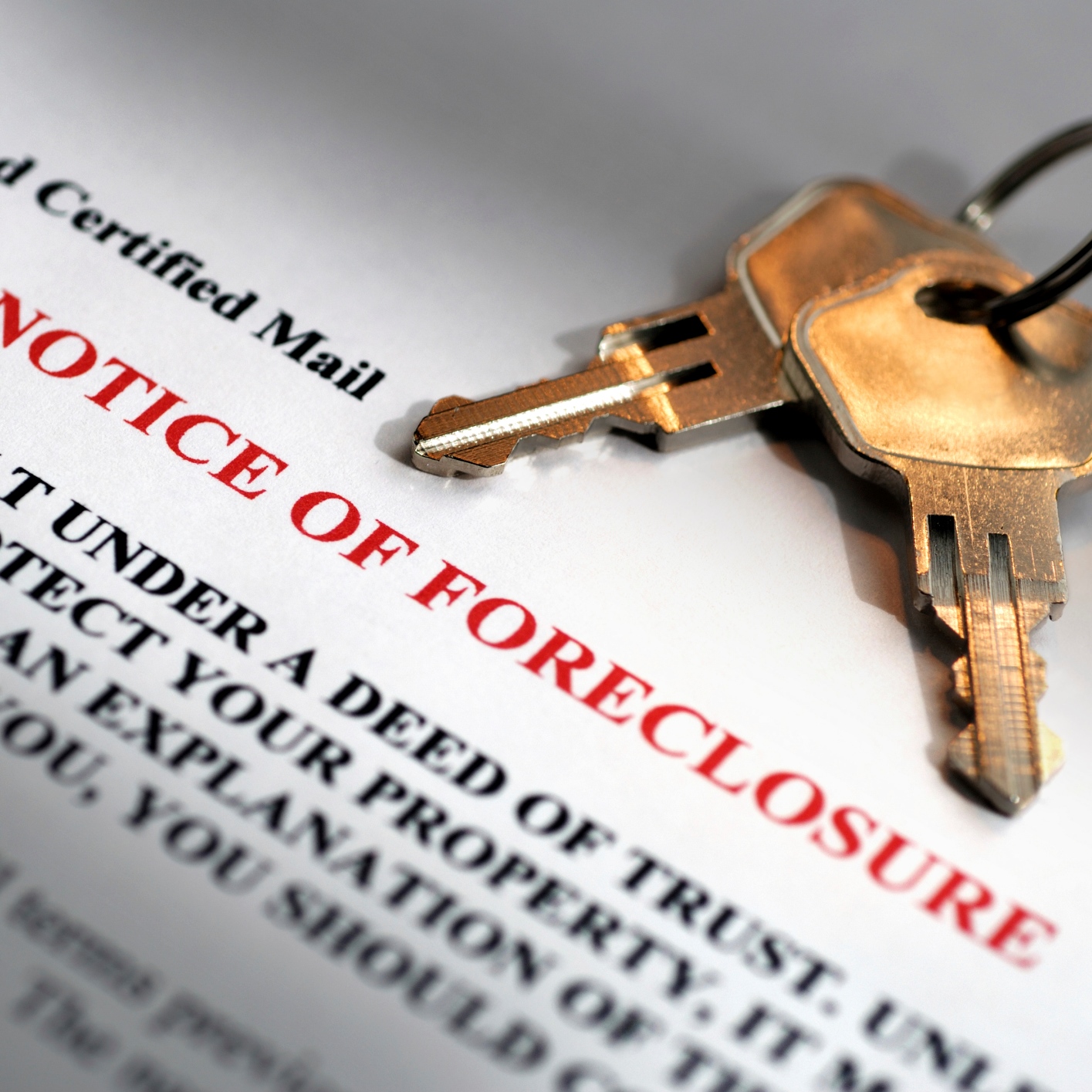
The share of home mortgage loan payments that are 30 days or more past due fell from 5.5% in July 2016 to 4.6% in July 2017. The foreclosure inventory rate fell from 0.9% to 0.7% in the same period.
The share of mortgages that transitioned from current to 30 days past due was 0.9% in July 2017, down from 1.1% in July 2016. This year’s rate is below the transition rate of 1.2% just before the housing crisis struck, and well below the peak rate of 2.0% in November 2008.
The data were reported Tuesday by CoreLogic in its Loan Performance Insights report. Early-stage delinquencies, defined as 30 to 59 days past due, were trending slightly lower in July 2017 at 2% compared with the year-ago rate of 2.3%. The share of mortgages that were 60 to 89 days past due in July 2017 was 0.6%, flat compared with last year’s rate. According to CoreLogic, measuring early-stage delinquency rates is important for analyzing the health of the mortgage market.
CoreLogic’s chief economist, Dr. Frank Nothaft, said:
While the U.S. foreclosure rate remains at a 10-year low as of July, the rate across the 100 largest metro areas varies from 0.1 percent in Denver to 2.2 percent in New York. Likewise, the national serious delinquency rate remains at 1.9 percent, unchanged from June, and when analyzed across the 100 largest metros, rates vary from 0.6 percent in Denver to 4.1 per cent in New York.
Frank Martell, president and CEO of CoreLogic, added:
Even though delinquency rates are lower in most markets compared with a year ago, there are some worrying trends. For example, markets affected by the decline in oil production or anemic job creation have seen an increase in defaults. We see this in markets such as Anchorage, Baton Rouge, and Lafayette, Louisiana, where the serious delinquency rate rose over last year.
The serious delinquency rate (90 days or more past due) remained unchanged in North Dakota at 0.9% and rose to 1.1% in Alaska. The rate remained unchanged in all other states.
Take Charge of Your Retirement In Just A Few Minutes (Sponsor)
Retirement planning doesn’t have to feel overwhelming. The key is finding expert guidance—and SmartAsset’s simple quiz makes it easier than ever for you to connect with a vetted financial advisor.
Here’s how it works:
- Answer a Few Simple Questions. Tell us a bit about your goals and preferences—it only takes a few minutes!
- Get Matched with Vetted Advisors Our smart tool matches you with up to three pre-screened, vetted advisors who serve your area and are held to a fiduciary standard to act in your best interests. Click here to begin
- Choose Your Fit Review their profiles, schedule an introductory call (or meet in person), and select the advisor who feel is right for you.
Why wait? Start building the retirement you’ve always dreamed of. Click here to get started today!
Thank you for reading! Have some feedback for us?
Contact the 24/7 Wall St. editorial team.


